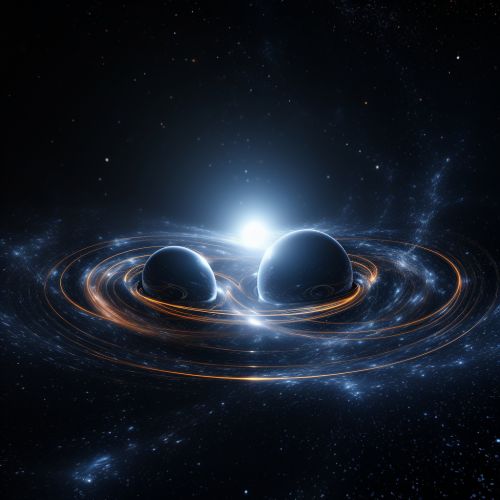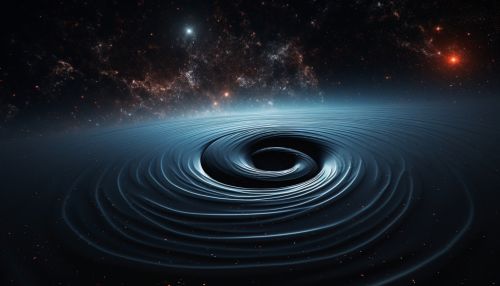Gravitational Wave
Introduction
Gravitational waves are ripples in the fabric of spacetime that are caused by some of the most violent and energetic processes in the Universe. Albert Einstein predicted the existence of gravitational waves in 1916 in his general theory of relativity. Einstein's mathematics showed that massive accelerating objects (such as neutron stars or black holes orbiting each other) would disrupt spacetime in such a way that 'waves' of distorted space would radiate from the source.


Detection and Observations
The first indirect evidence of the existence of gravitational waves came from the observations of the binary pulsar PSR B1913+16 by Russell Hulse and Joseph Taylor, for which they were awarded the 1993 Nobel Prize in Physics. The first direct observation of gravitational waves was made on 14 September 2015 and was announced by the LIGO and Virgo collaborations on 11 February 2016. This observation confirmed the last untested prediction of general relativity.
Properties
Gravitational waves are constantly passing Earth; however, even the strongest have a minuscule effect and their sources are generally at a great distance. For example, the waves given off by the cataclysmic final merger of GW150914 reached Earth after travelling over a billion light years, as a ripple in spacetime that changed the length of a 4-km LIGO arm by a thousandth of the width of a proton, proportionally equivalent to changing the distance to the nearest star outside the Solar System by one hair's width.
Sources
The most intense gravitational waves are created from the interactions of very massive objects, such as black holes and neutron stars. These interactions include binary systems (where two objects are in orbit around each other), mergers (where the two objects collide and combine), and supernovae (where a massive star explodes).
Effects
Gravitational waves are able to penetrate regions of space that electromagnetic waves cannot. They are expected to be emitted by supermassive black holes, during the collapse of stellar cores (supernovae), during the coalescence of neutron stars or white dwarf stars, by the slight non-sphericity of rotating neutron stars, by the precession of neutron star rotation axes, and in the early universe shortly after the Big Bang.
Future Observations
Future gravitational wave observatories in space, such as LISA, are planned. These observatories will complement the observations of the LIGO and Virgo collaborations with observations of supermassive black hole mergers and other exotic events in the universe.
